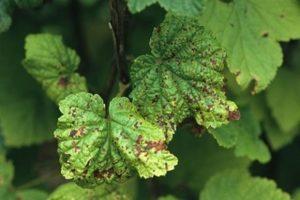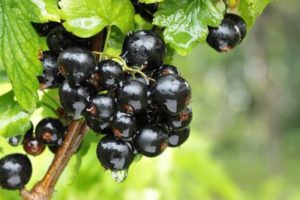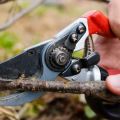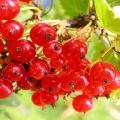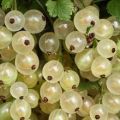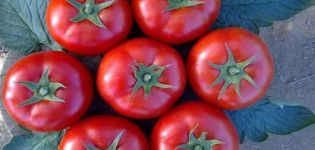Description of diseases and pests of currants, treatment and control of them
Many gardeners grow berry bushes such as currants on their plots. The fruits of this plant are often used in medicine and cooking to create delicious jam. Sometimes people are faced with currant diseases that affect currant bushes and lead to their death. It is recommended to familiarize yourself in advance with the features of the main diseases of berries, as well as with the methods of their treatment.
Causes of plant diseases
Before treating diseases, you need to understand the causes of their occurrence. To do this, you should familiarize yourself with the two main groups of pathologies that most often appear in plants.
Infectious
Infectious diseases can be caused by the following organisms:
- bacteria;
- fungi;
- viruses;
- weeds.
Infection of healthy bushes occurs due to an infectious process, during which pathogens begin to interact with a healthy plant. The infection does not enter the cells immediately, as they are protected by a strong membrane that is difficult to overcome. Most often, this protective wall is destroyed by bacterial enzymes that allow infection to enter the tissue.

Non-infectious
Such diseases appear only if the plant is grown in unfavorable conditions. The main reasons for their appearance include:
- high humidity;
- unsuitable soil;
- improper care of planted seedlings;
- unfavorable climate.
To reduce the likelihood of infection of currant bushes with non-infectious pathologies, it is necessary to adhere to the recommendations for planting and growing them.

Terms and rules for preventive treatment
One of the most reliable methods of protecting berries is carrying out preventive treatment of seedlings. Before you protect currants from pests and diseases, you need to understand the rules and terms of such prevention.
In the spring
Spring treatment is carried out with various prophylactic agents. Among the main ones are:
- Boiled water.Spraying with hot water helps to get rid of such dangerous pests as kidney mites. It attacks the buds of the plant, which is why they do not open and dry out. Also, because of this, the yield of berries is significantly reduced. To prevent the bud mite from appearing, at the beginning of March all currant bushes are scalded with heated water.
- Chemicals. Many gardeners use Karbofos, Chlorofos and other similar drugs during prophylaxis. The seedlings are sprayed with the working mixture in mid-April.

Summer
In summer, during the ripening of berries, the bushes are sprayed with solutions that cannot harm a person. Therefore, gardeners are not advised to treat shrubs with hazardous chemical solutions.
A solution made from wood ash and mustard is considered an effective and safe remedy.
To create it, two kilograms of ash are mixed with 80-90 grams of mustard powder, after which the mixture is poured with ten liters of heated water. Before spraying, the solution is infused for 2-3 days and filtered. The plant is sprayed 1-2 times in early July.
In autumn
After harvesting the ripe crop, bushes and aisles are sprayed with Bordeaux liquid. To independently prepare a mixture for processing, one hundred grams of copper sulfate is mixed with the same amount of lime and 8-10 liters of water. The solution is stirred until the liquid turns turquoise.

A properly prepared mixture destroys pathogens of infectious pathologies and helps to eliminate insects that can harm the bushes.
Diseases of black and red currants and the fight against them
Many gardeners who suffer from currant bushes are interested in the diagnosis. It is difficult to independently determine the type of disease, especially for beginners.
Therefore, in order to make an accurate diagnosis, it is necessary to study a detailed description of common diseases.
Disease and Pest Resistant Currant Varieties
There are several varieties of berries that are less likely to suffer from diseases. These include:
- Kipiana. The variety was bred by Russian breeders in the early 2000s. Its advantages include high yield and immunity to mites with powdery mildew.
- Katyusha. Belarusian high-yielding variety that does not suffer from anthracnose and powdery mildew.
- Kupalinka. Another type of Belarusian currant with immunity to common fungal infections.

Powdery mildew
The presence of the disease is evidenced by the brown bloom that appears on the berries and light specks on the leaves. Chemical preparations "Funzadol" and "Topaz" will help to get rid of powdery mildew.
Septoriasis
Fungal infection due to lack of lighting and high humidity. The main symptom of septoria is brown spot on the leaves. To prevent the further spread of the pathology, the infected leaves are cut off and burned.
Anthracnose
With the development of anthracnose, mold appears on the bushes, the leaves are covered with spots with a red tint. Over time, the spot darkens and spreads throughout the bush. To eliminate the symptoms of anthracnose will help "Alirin" or Bordeaux mixture.

Scab
After infection with the disease, the bushes are covered with brown spots. If the scab is not treated, the currants will wither and die. Therefore, when the first signs of infection appear, it is necessary to spray the plants with "Akreks", "Bottom" or "Karatan".
Reverse
One of the most dangerous pathologies that cannot be cured. On plants that are infected with reversion, the leaves dry out and deformed flowers appear. Experienced gardeners are advised to get rid of the affected bushes so that the virus does not spread throughout the site.
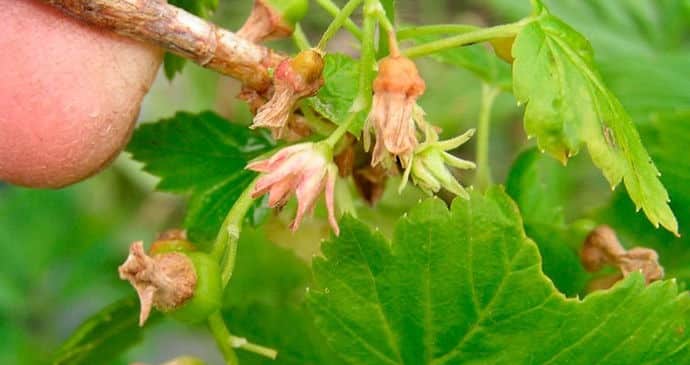
Striped mosaic
Premature yellowing of the leaves indicates the development of striped mosaic.First, yellowness appears near the leaf veins and gradually covers the entire plate. Striped mosaics are not cured and therefore infected currant bushes will have to be burned.
Goblet rust
After the appearance of goblet rust, yellow or brown spots can be seen on the surface of the leaves. Leaves that have turned yellow curl and fall off. Eliminate the signs of pathology will help "Fitosporin" and other fungicidal drugs.

Columnar rust
The disease affects berries that are planted near conifers. Red dots appear on the branches and trunk of infected currant seedlings, which gradually increase. To quickly get rid of columnar rust, the bushes are sprayed with fungicides or Bordeaux mixture.
Blackcurrant striped mosaic
The disease appears due to ticks and aphids, which often settle on currants. In order to timely identify the disease, you must carefully examine the sheets. Patterned spots with a yellow tint appear around the largest veins. Among the effective means of treatment are the drug "Hom" and a solution of vitriol.

Nectric drying
A dangerous infection that leads to premature drying of shoots and branches. If you do not treat non-fungal drying out, the shrubs dry out completely and die. Bordeaux mixture and solutions made from fungicides will help to save infected seedlings.
Marginal leaf necrosis
Non-infectious pathology that appears due to the large amount of chlorine in the soil. A characteristic feature of marginal necrosis is that the edges of the leaves darken and dry. Plants can be cured with Fitosporin or Alirin.

Pests and treatments
Those who eat and grow currants often encounter pests that impair the fruit's yield. Every gardener must figure out in advance what dangerous insects are, what to do to eliminate them, and what folk remedies to use when fighting them.
Kidney moth
This pest affects only white and red currant bushes. The kidney moth is activated in the middle of spring, when the buds on which it feeds swell on the bushes. To protect the bushes from the pest, you will have to use preventive measures in advance:
- spraying with boiling water;
- fungicide treatment.
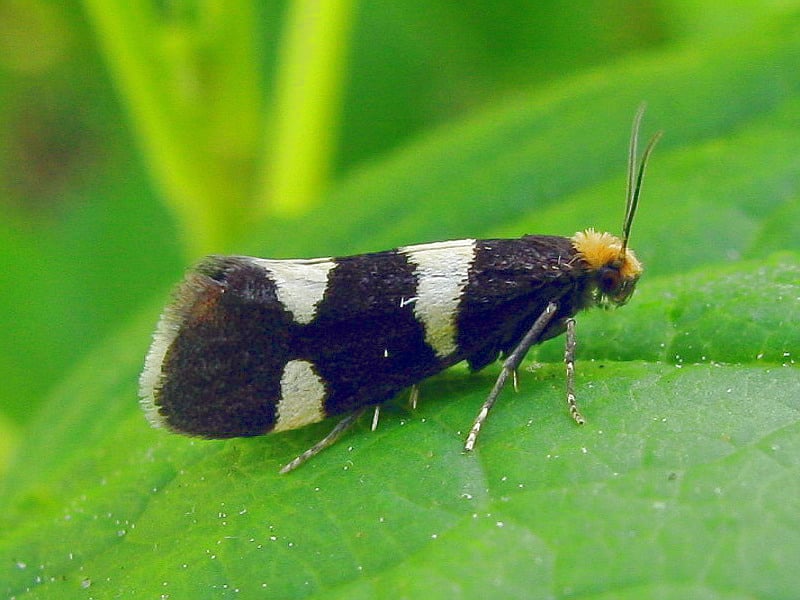
Also, the above methods will help free planted plants from moths.
Fire
Butterflies attack shrubs in early summer when flowering begins. They lay eggs on the leaves, from which caterpillars grow, eating leaves with fruits. To protect against moths, seedlings are sprayed with "Fufanon", "Iskra" and other insecticides.
Currant aphid
Black or slightly dark spots with a reddish tint appear on the leaves of plants that have been attacked by currant aphids. Experienced gardeners in the fight against aphids are advised to use boiling water or the drug "Decis".

Kidney mite
If currant bushes are affected by a kidney mite, their leaves will be covered with swollen points in which the pest lives. Without timely treatment, ticks will move to the fruit and begin to feed on them. Therefore, in spring and summer, shrubs are sprayed with insecticidal solutions.
Glass-maker
Glassworm is a white fluffy caterpillar that feeds on young currant leaves and shoots. All shrubs affected by the caterpillar gradually dry out. To protect currants from death, they are sprayed with fungicides once a week.

Shield
This is a dangerous pest that is able to completely suck out cell sap not only from shoots with leaves, but also from berries. When a scale insect appears, measures must be taken to combat it immediately in order to preserve the seedlings. Colorado, Tanrek and Apache are considered effective remedies for the scabbard.
Moth caterpillars
The larvae and caterpillars of this pest are capable of completely gnawing green leaves. To combat the moth, they use folk remedies and preparations. Among insecticides that will help to quickly get rid of pests, there are "Lepidocide" and "Bitoxibacillin".
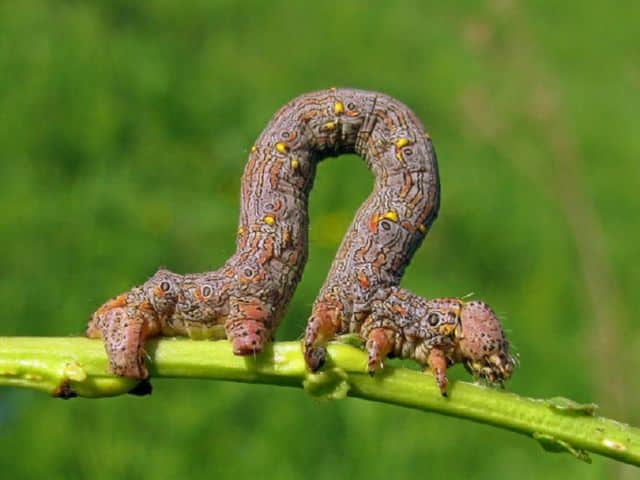
Duckback caterpillars
The shaggy downy, like other worms, feeds on stems and leaves. Such caterpillars appear on bushes in May, when it gets warmer outside. Folk remedies do not help get rid of the puffiness and therefore you have to prepare solutions from insecticides.
Skosar furrowed
This small bug is very dangerous, as it damages all areas of the bushes. The furrowed squid feeds on young buds, stems and leaves. For prevention, experts advise treating the shrubs with Aktellik or Kemifos.
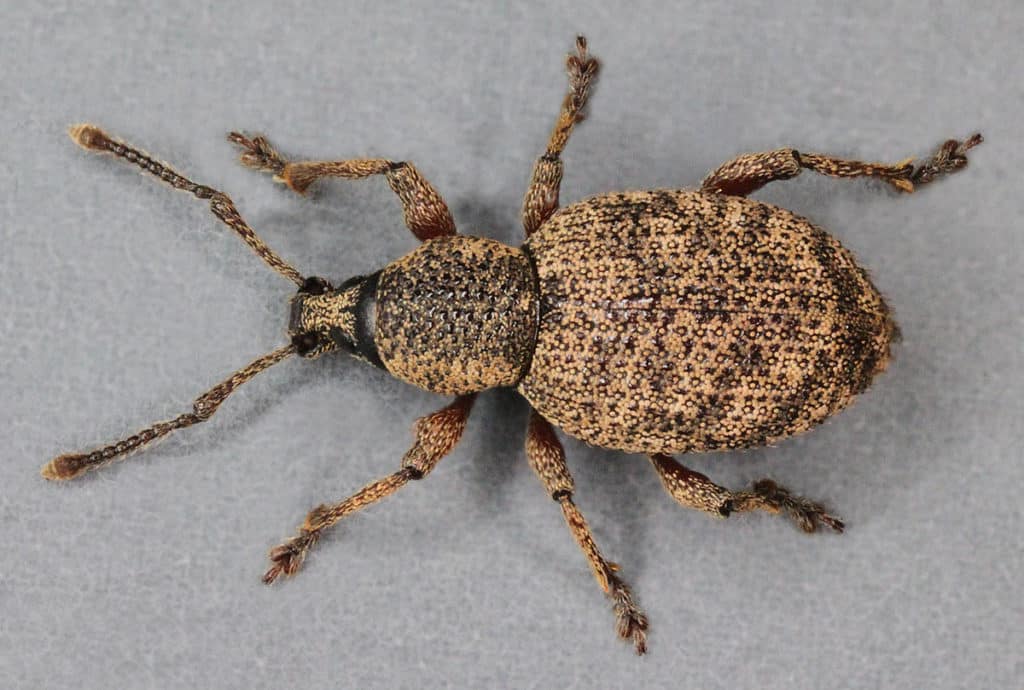
Leaf gall aphid
Gala disease infects currant seedlings, in which flocks of aphids have eaten their leaves. After the appearance of this pest, small holes and swellings, painted yellow or reddish, remain on all leaves. In summer, the aphid is on the grass, and by the beginning of autumn it returns to the currant again to lay eggs on it. Hot boiled water will help to get rid of the eggs laid.
Blackcurrant berry sawfly
Some gardeners consider sawflies to be the most dangerous pests, since they completely eat up the leaves. Because of this, the growth of berries slows down, and the yield deteriorates. The most effective preventive measure against the sawfly is "Lepidocide".
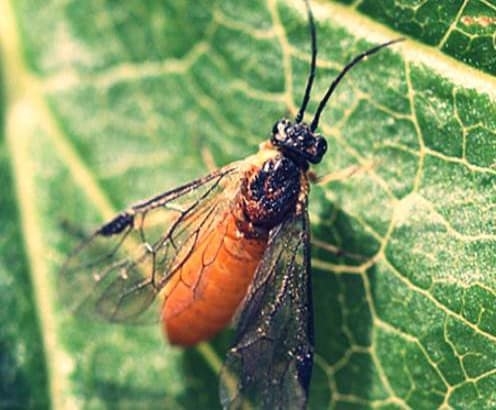
Rose leafworm
The caterpillars of the leafworm wrap the leaves with cobwebs and twist them into a tube. They then gnaw at their edges, which leads to yellowing and drying of the leaves. In summer, when flowers appear on the shrubs, they feed on flower petals. To drive away the leaf roll from the berries, it is enough to spray it with boiling water.
Red tick
Red bugs appear on currant stems in early June. At first, they feed on the leaves from the bottom, but gradually they move to the upper ones. Insecticidal mixtures and folk remedies from copper sulfate will help get rid of ticks.
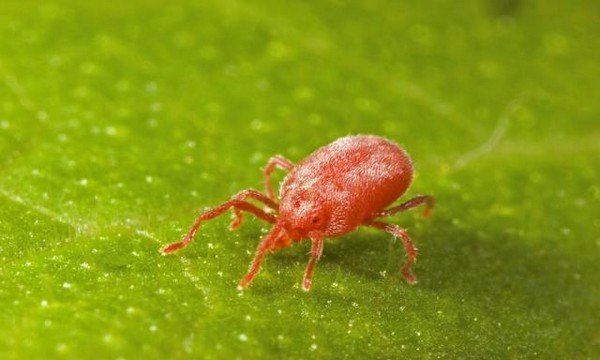
Gardening tips for treating and caring for a bush
So that the currants do not get sick and do not suffer from pest attacks, you need to properly care for it. Therefore, it is recommended that you familiarize yourself with the tips for growing berries in advance so that care for beginners does not seem too difficult. When growing currant bushes, they regularly do:
- Watering. Experts recommend pouring the bushes abundantly at least twice a month. If the berries do not have enough moisture, their ripening will slow down at times.
- Top dressing. It is necessary to add mineral and organic fertilizers to the soil 2-3 times in the spring so that the plant has enough nutrients.
- Weeding. The area where currants grow is regularly weeded and cleaned of weeds.
Conclusion
Gardeners often grow currant bushes in their summer cottages. To protect them from dangerous insects and diseases, you need to familiarize yourself with preventive measures and methods of dealing with common pathologies and pests.
